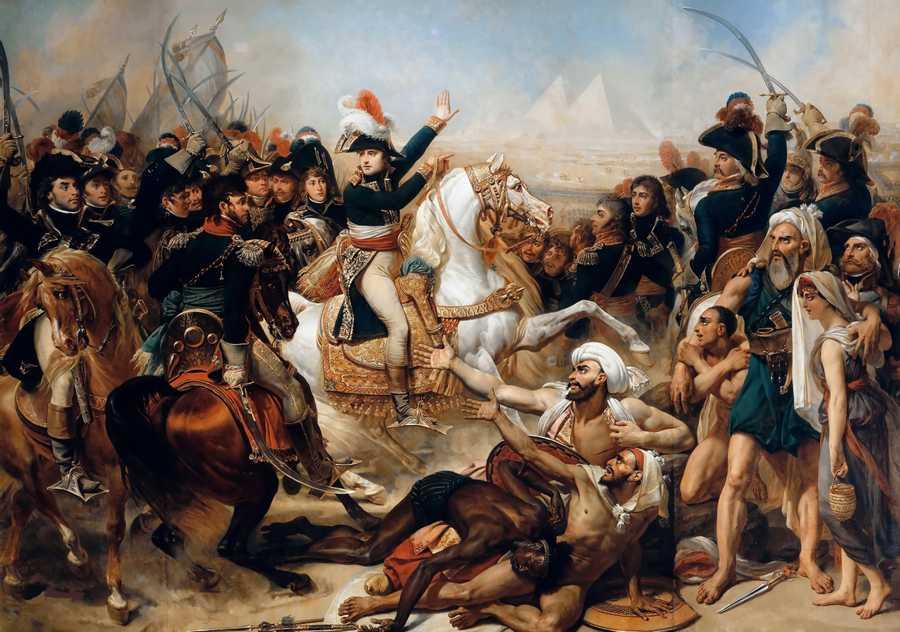The turning point in understanding hieroglyphs
- In 1798, Napoleon Bonaparte invaded Egypt. Military engineers discovered the Rosetta Stone in July 1799 while rebuilding an old fort in the Nile Delta.
- It was clear that the bottom inscription on the Rosetta Stone was written in the Greek alphabet and the top part in Egyptian hieroglyphs.
- In the middle was a script about which little was known. Today we know this scripts as a cursive form of ancient Egyptian writing.
26
137 reads
CURATED FROM
IDEAS CURATED BY
Problem solver. Award-winning reader. Devoted food geek. Certified travel evangelist. Incurable explorer.
The idea is part of this collection:
Learn more about communication with this collection
How to set achievable goals
How to create and stick to a schedule
How to break down large projects into smaller manageable tasks
Related collections
Similar ideas to The turning point in understanding hieroglyphs
Ancient Egypt: How the language fell in disuse
- Ancient Egypt was conquered, first by Persians, then by Macedonian Greeks under Alexander the Great in 332BC.
- The Ptolematic dynasty, named after Alexander's general, Ptolemy I, ruled Egypt for three centuries. It ended with the death of Cleopatra VII and the Roman occupation in 3...
Read & Learn
20x Faster
without
deepstash
with
deepstash
with
deepstash
Personalized microlearning
—
100+ Learning Journeys
—
Access to 200,000+ ideas
—
Access to the mobile app
—
Unlimited idea saving
—
—
Unlimited history
—
—
Unlimited listening to ideas
—
—
Downloading & offline access
—
—
Supercharge your mind with one idea per day
Enter your email and spend 1 minute every day to learn something new.
I agree to receive email updates
